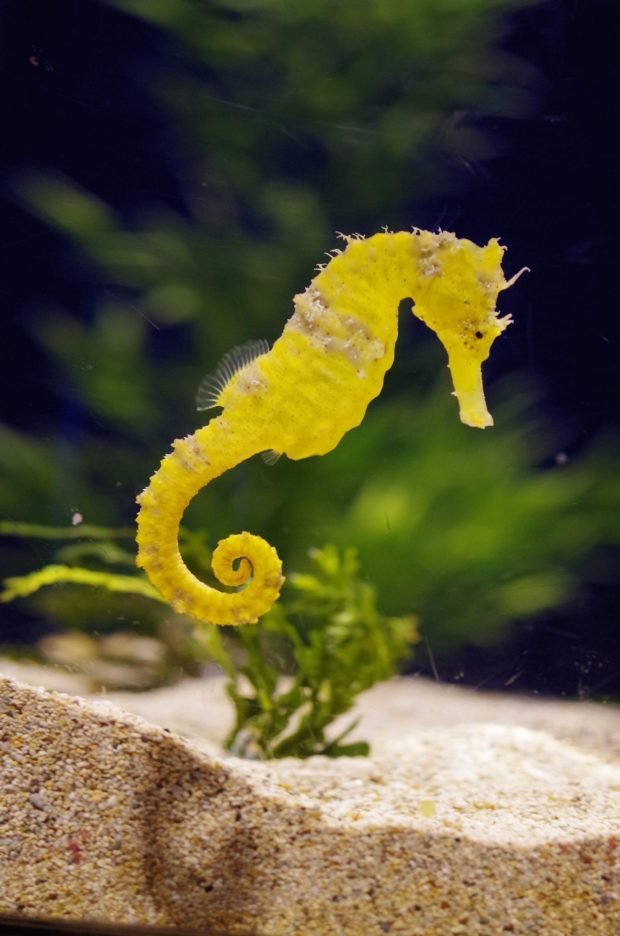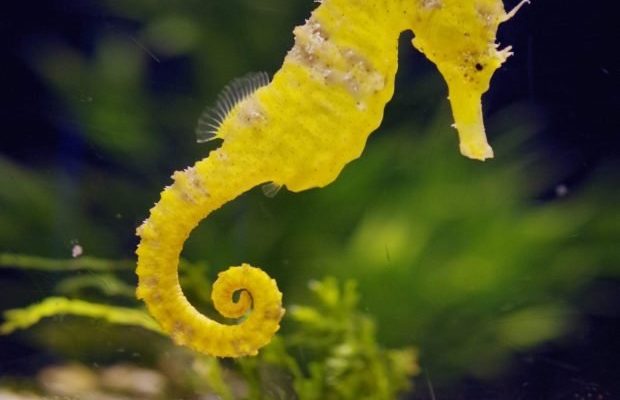
Just like how you wouldn’t just dive into an icy lake without knowing the water’s depth, approaching seahorses, whether in a beach setting or an aquarium, requires some knowledge. These little guys are mostly found in shallow waters, clinging to sea grass or coral. The way they swim and interact with their environment is not just charming; it’s essential to understand their needs to keep them thriving.
In this article, we’ll explore the beautiful world of seahorses, how to interact with them safely, and why respecting their habitat is key to both their survival and our enjoyment of their company.
Understanding Seahorses: The Basics
Seahorses are part of the family Syngnathidae, which also includes pipefish. They are small, bony fish that come in various colors and sizes. What makes them truly special is their unusual way of swimming. Unlike most fish that have fins for propulsion, seahorses use their dorsal fins to navigate through the water. They are often seen floating in an upright position, which adds to their charm and makes them look like little sea dragons.
You might be wondering how they got their name. The name “seahorse” comes from their horse-like head, and they really do look like they’ve galloped right out of a fairytale. They come in many species, each with its own distinct characteristics. Some are as tiny as a pea, while others can grow quite large. The most common species, the common seahorse (*Hippocampus leafy*), is usually found in shallow coastal waters.
Why Interact with Seahorses?
Interacting with seahorses can be a rewarding experience for marine enthusiasts and casual beachgoers alike. For some, it’s all about the aesthetic pleasure of observing these unique creatures in their natural habitat. For others, it’s a chance to learn about marine life and conservation efforts. Being close to a seahorse can inspire a deeper appreciation for ocean ecosystems.
However, it’s essential to approach this interaction responsibly. Seahorses are delicate by nature, and even harmless human activities can affect them. Frequent handling or disturbing their habitat can stress them out or even lead to their decline. So, it’s important to find a balance between enjoyment and safeguarding their well-being.
By learning how to interact safely with seahorses, you’re contributing to their conservation. Engaging with these creatures thoughtfully can raise awareness about their struggles, such as habitat loss and pollution, making you a steward of the oceans.
Safe Interactions: Best Practices
If you’re looking to see seahorses in the wild, consider these best practices for safe interaction:
- Maintain a Respectful Distance: Always keep a safe distance. Observing from afar allows you to enjoy their beauty without disturbing them.
- Avoid Touching: Resist the urge to touch or handle them. Their skin is sensitive, and human hands can carry oils or bacteria that harm them.
- Use a Camera, Not Your Hands: Capture the moment with photos instead of trying to grab a selfie with these delicate creatures.
- Don’t Remove Them from Their Habitat: Seahorses thrive in their natural environment. Removing them can have detrimental effects on both the individual and the local ecosystem.
By following these guidelines, you can enjoy the beauty of seahorses while ensuring they remain safe in their environment. It’s a win-win—your admiration for their elegance doesn’t have to come at a cost to their health.
Seahorse Habitats: The Importance of Protection
Seahorses inhabit shallow coastal waters, usually found in seagrass beds, coral reefs, and mangroves. These environments are crucial not only for seahorses but also for many other marine species. Healthy seahorse habitats act like underwater cities, offering food, shelter, and breeding grounds.
Unfortunately, these habitats are under threat from pollution, coastal development, and climate change. When their homes are damaged, seahorses lose the protection they need to thrive. As a result, many species are becoming endangered. For example, the Weedy Seahorse (*Hippocampus pelagicus*) has seen significant population declines due primarily to habitat loss.
You might be thinking, “How can I help?” Supporting local conservation efforts, participating in beach clean-ups, or even advocating for policies that protect marine life can make a difference. Every little bit counts in the grand scheme of protecting these delicate creatures.
Seahorses in Aquariums: A New Approach to Interaction
Visiting an aquarium can provide a more controlled environment to appreciate seahorses. Many aquariums have dedicated seahorse exhibits where you can observe their behaviors up close. Here, the interaction is designed with conservation in mind, and you can learn a ton from knowledgeable staff members.
Aquariums often engage in breeding programs that help increase the population of seahorses in captivity, easing the pressure on wild populations. This setting allows for safe interaction and education, promoting awareness about the importance of protecting seahorse habitats.
However, remember that these creatures are still living beings. Even in an aquarium, it’s important to be gentle and respectful. Follow any posted guidelines about touching or interacting with exhibits, and listen to the staff. They’re there to help educate you while ensuring the comfort of the seahorses.
Seahorse Conservation: What You Can Do
Conservation is vital for the survival of seahorses. Here are some effective ways you can contribute:
- Educate Yourself and Others: Knowledge is powerful. Share what you learn about seahorses with friends and family to raise awareness.
- Support Sustainable Practices: Whether it’s through eco-friendly tourism or purchasing sustainable seafood, every choice counts.
- Participate in Citizen Science: Join research or monitoring efforts to track seahorse populations. Many organizations seek volunteers for data collection.
- Donate to Conservation Groups: Consider contributing to organizations that focus on marine conservation. Your support can help fund important research and protection efforts.
Every effort, no matter how small, contributes to preserving the beauty of our oceans. By taking these steps, you not only help seahorses but also foster a healthier ecosystem for all marine life.
The Joy of Observing Seahorses
Interacting with seahorses can be one of the most delightful experiences if done thoughtfully. Watching these creatures glide through the water or cling to seagrass can evoke a sense of wonder. They’re a reminder of the beauty and complexity of marine life.
So, whether you see seahorses in the wild or in an aquarium, remember to observe with respect and care. You’re not just a visitor in their world; you’re a part of it. Consider your actions and how they impact the delicate balance of marine ecosystems. If we take the time to understand and protect seahorses, we can all enjoy their magic for generations to come.
In conclusion, while humans can interact with seahorses, it’s essential to prioritize their well-being over our curiosity. By following safe practices, supporting conservation, and appreciating these stunning creatures responsibly, we can foster a connection that benefits both us and our underwater friends.

